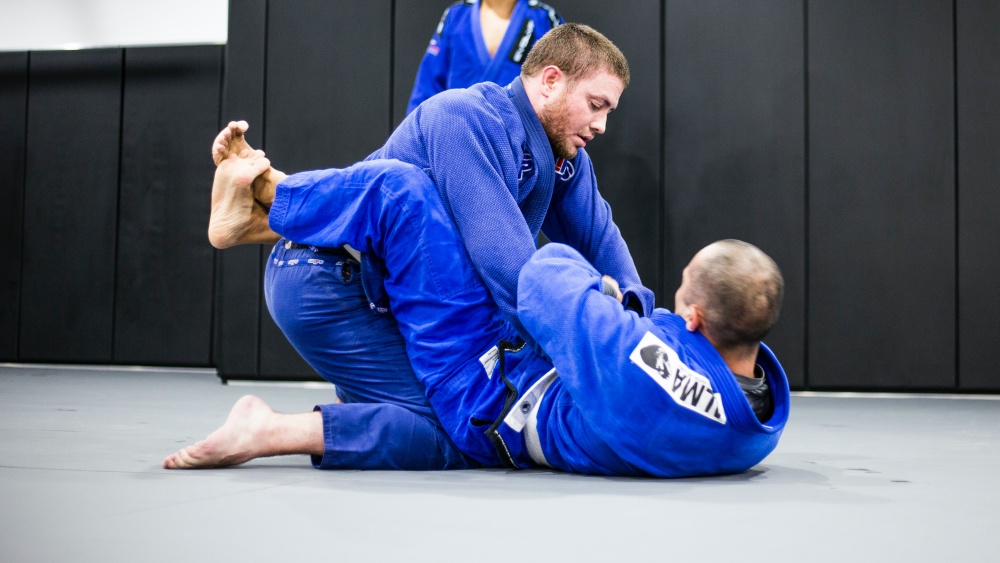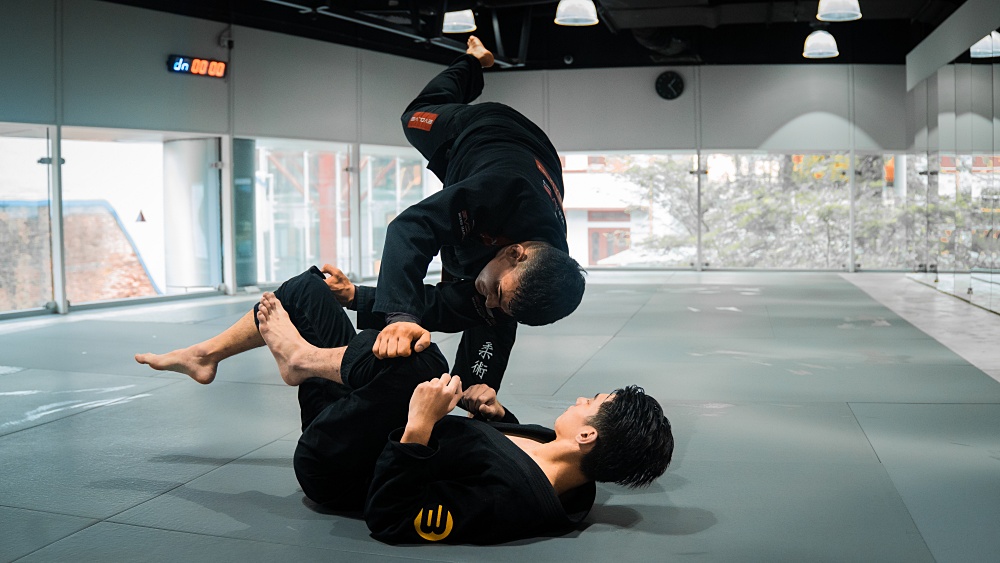There are many positions you can do in Brazilian Jiu-Jitsu. Depending on the situation, these positions can be used to either improve or negate the advancement of attacks. Positional control helps grapplers measure their stand during a match. Knowing how to positionally dominate someone can dictate your pace as you work on using your tools to get the tap.
Although some submissions can be executed from an inferior position (like from bottom side control), it is critical for a grappler to know how to utilize dominant positions effectively. Having this knowledge is an advantage as it can be used to control the opponent and eventually submit them.
Today, we will talk about the five dominant positions in BJJ that every grappler must know.
The Five Must-Know Positions To Dominate Your Opponent
A dominant position is a technique where you use your body to subdue an opponent’s movement and attempts to attack. Being able to control someone is an essential skill to have in any grappling sport. Having the skill to control your opponent allows you to stay safe from attacks.
It also allows you to use submissions or move to more dominating pins as the need arises. The opponent that’s stuck in an inferior position has limited submission options and is always under constant threat from the top player. This makes defense and escapes their priority to carry on with the match.
Now with that out of the way, here are the five must-know dominant positions in Brazilian Jiu-Jitsu.
1) Closed Guard
The closed guard is a fundamental position in BJJ and is likely the first type of guard a student will learn. It is a position where the bottom player wraps their legs around the opponent’s waist as the opponent looks to pass the guard.
The bottom player’s goal in the closed guard is to break the opponent’s posture, preventing them from staying upright. Breaking the opponent’s posture is a key component when using the closed guard. Most of the attacks you’ll attempt will come from either a broken posture or unbalancing the opponent as they fight to stay upright.
While it may seem that the closed guard is a passive position, it definitely has a lot of firepower if you know what you’re doing. Submissions such as the armbar, triangle, omoplata, guillotine, collar chokes, and sweeps are available at the hands of a good guard player. The person stuck inside the closed guard is forced to work on passing the guard, therefore limiting their options for submitting the guard player.
2) Full Mount
The full mount is a powerful controlling position in BJJ. This is where you lay on top of the opponent’s midsection or chest. There are many submission options like joint locks and chokeholds from the mount. In a mixed martial arts bout, it is also the prime position to rain down strikes against the opponent.
The mount is a highly nuanced position. You need to have a solid understanding of body positioning to stay in the mount. A slight miscalculation can get you reversed if you get too aggressive in forcing a submission. Some submissions that can be applied from the mount will require grapplers to move to high mount. The high mount is where you move up and lay your weight on the opponent’s chest. The full mount is also a position you can use to transition to other dominant pins like side control, knee on belly, and north-south.
3) Side Control
Side control is one of the most dominant positions in Brazilian Jiu-Jitsu. It is a pin where you form a T against your opponent’s body. One of the benefits of using side control is the level of control it provides; it is one of the hardest pins to escape in all of grappling. Like the full mount, side control allows the top player to freely move around and transition to other positions such as the mount, north-south, and knee on belly.
It is also a great position to apply submissions like armlocks and chokes. If you like to play side control, it is recommended that you also study the kesa gatame and reverse kesa gatame as it helps round out your pinning game. Keep in mind to maintain chest-to-chest connection and block the opponent’s hip with your knee to minimize any attempts to recover guard.
4) Back Mount
The back mount is by far the best position in BJJ. Controlling from the back creates a huge advantage because your opponent cannot anticipate the movements that you’ll make. The back mount is the gateway to two of the most powerful chokes in the sport: the rear naked choke and the bow and arrow choke.
There are many tricks to maintain the back mount. It is essential to keep chest-to-back connection as you secure the seatbelt grip. Doing so will make you stick to your opponent and can prevent any scrambling opportunities. Also, controlling the opponent’s hands will make it easier to slide in the choke. For grapplers with longer legs, applying a body triangle is a viable option as well. Remember to not cross your feet as you take the back as you might get leg locked.
5) Knee On Belly
The knee on belly (KOB) is a floating pin where you control your opponent using your knee. It is a crushing position, especially when done by heavier grapplers, as you can drive your weight towards the solar plexus while pulling their sleeve, lapel, or collar. This position can be used to transition to the mount, side control, or north-south. The knee on belly is an excellent option to pin down a relentless opponent.
Final Thoughts
Learning to use your body to control an opponent is the secret to a strong Jiu-Jitsu game. Using controlling positions will make your grappling efficient and less prone to mistakes. We encourage you to explore these techniques and integrate them into your game as soon as possible!
You may also like:

















